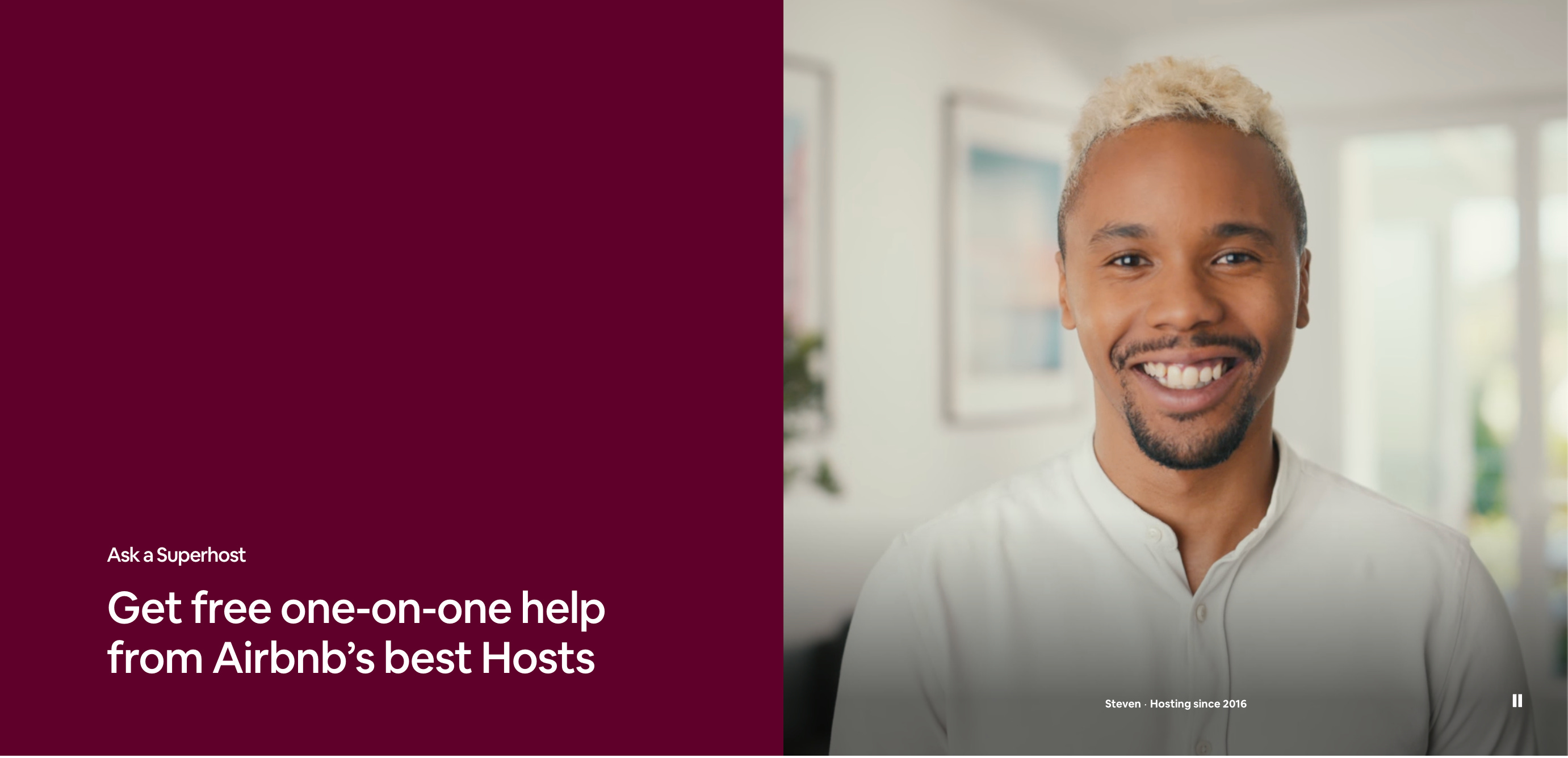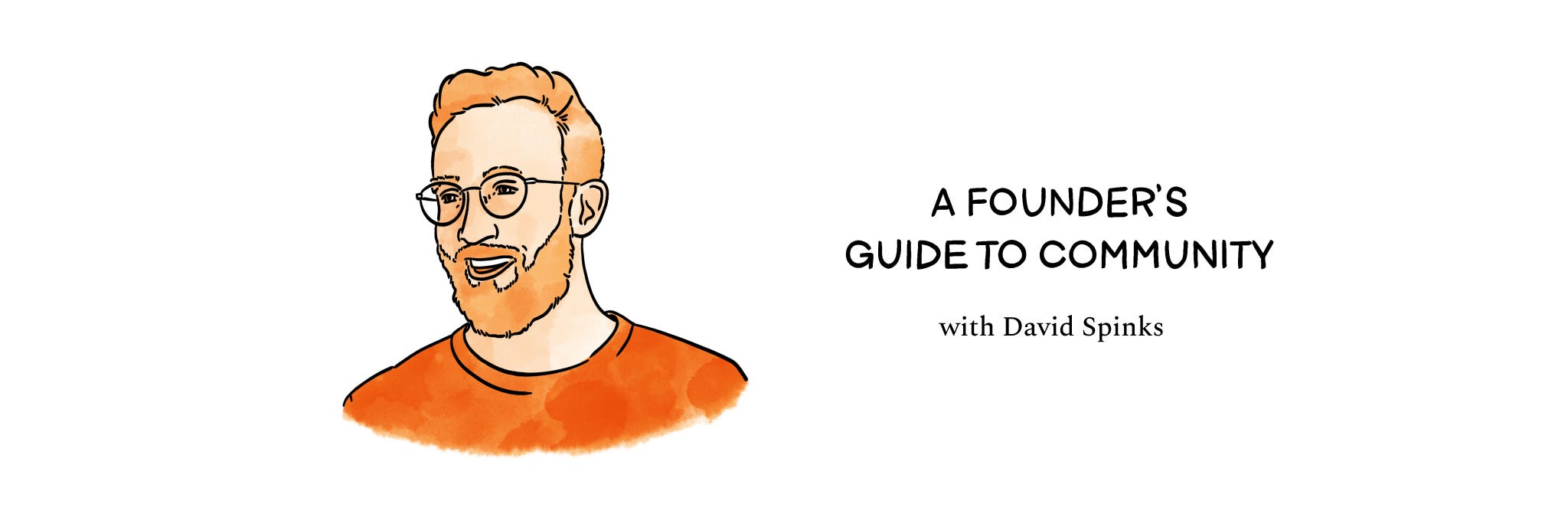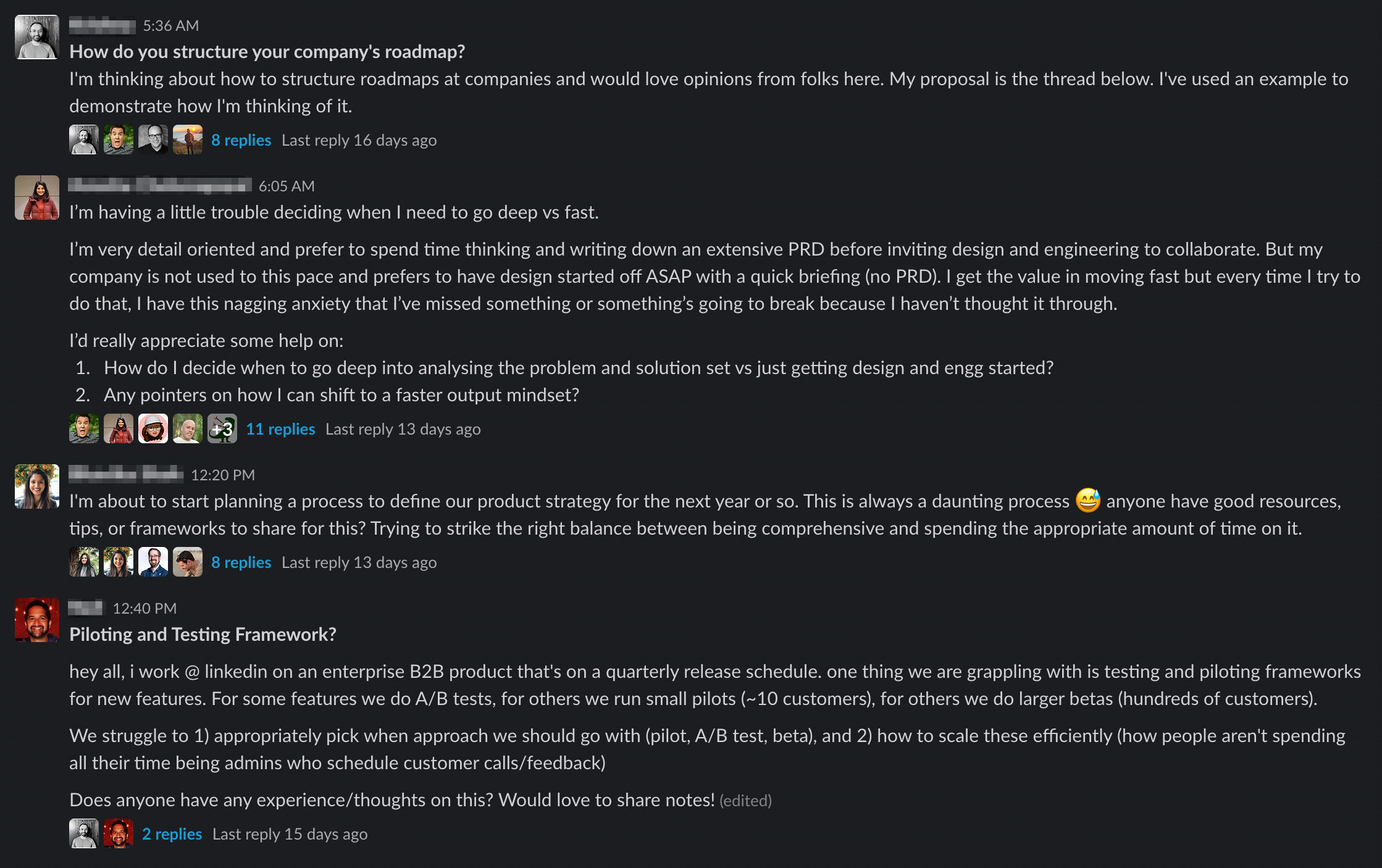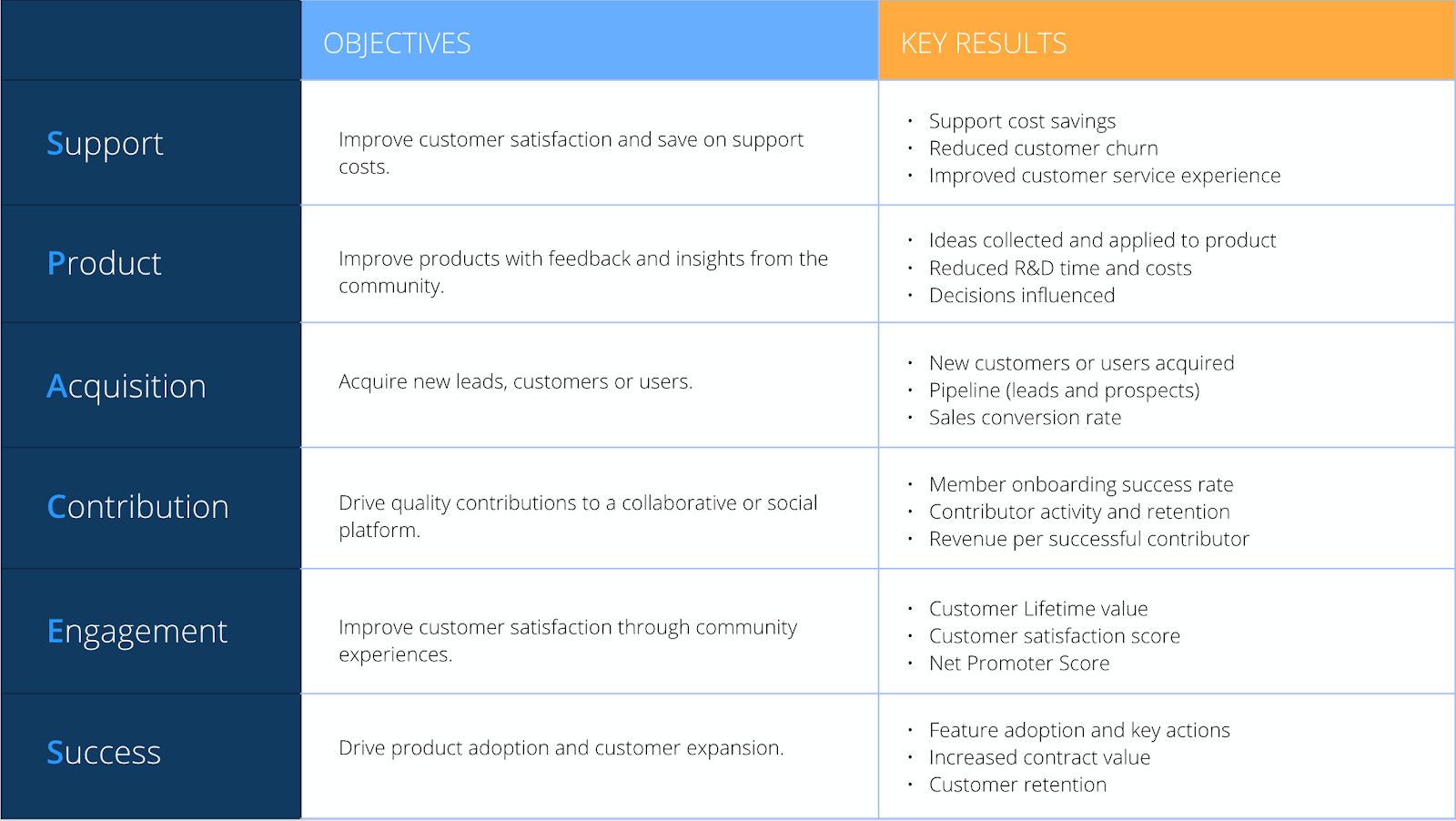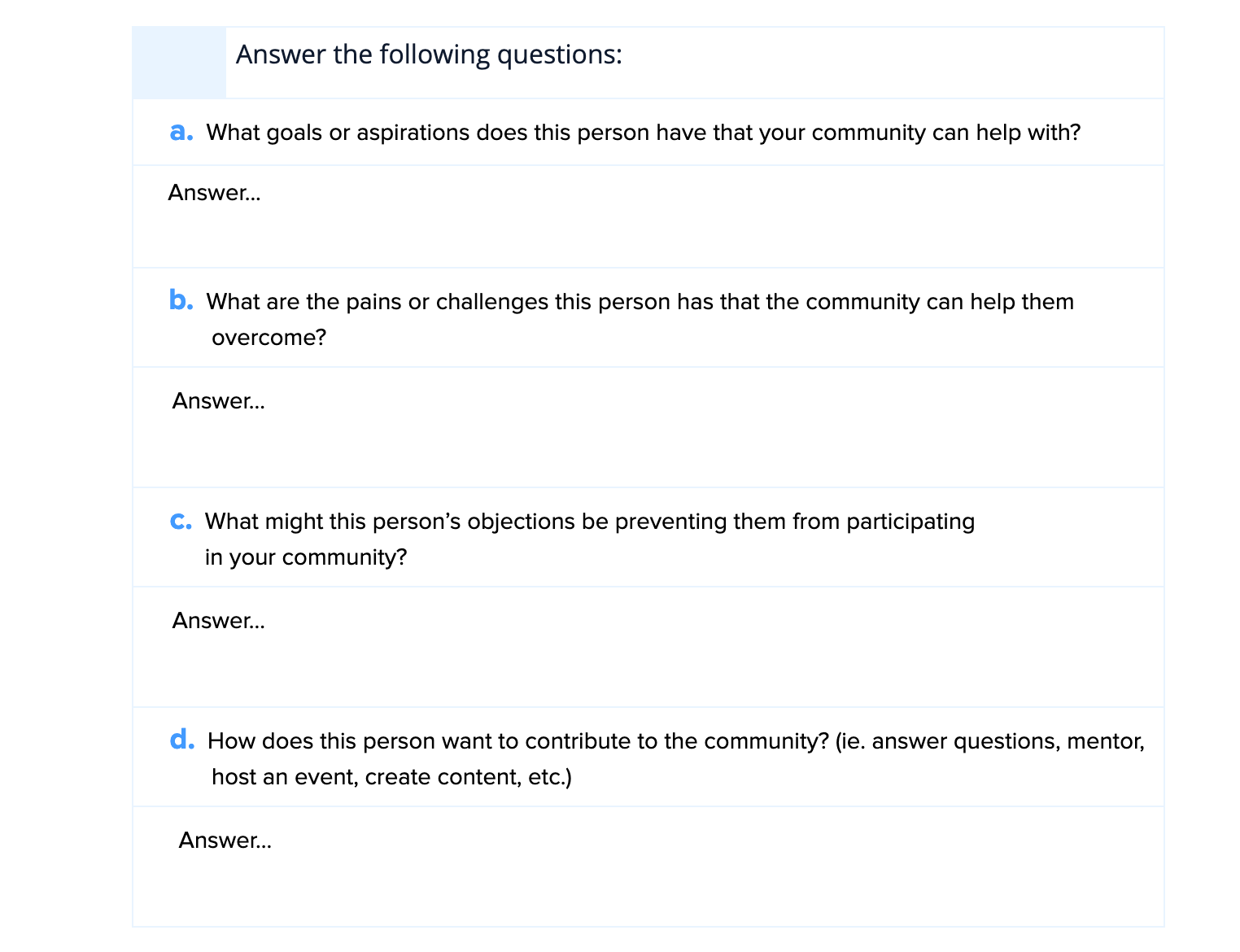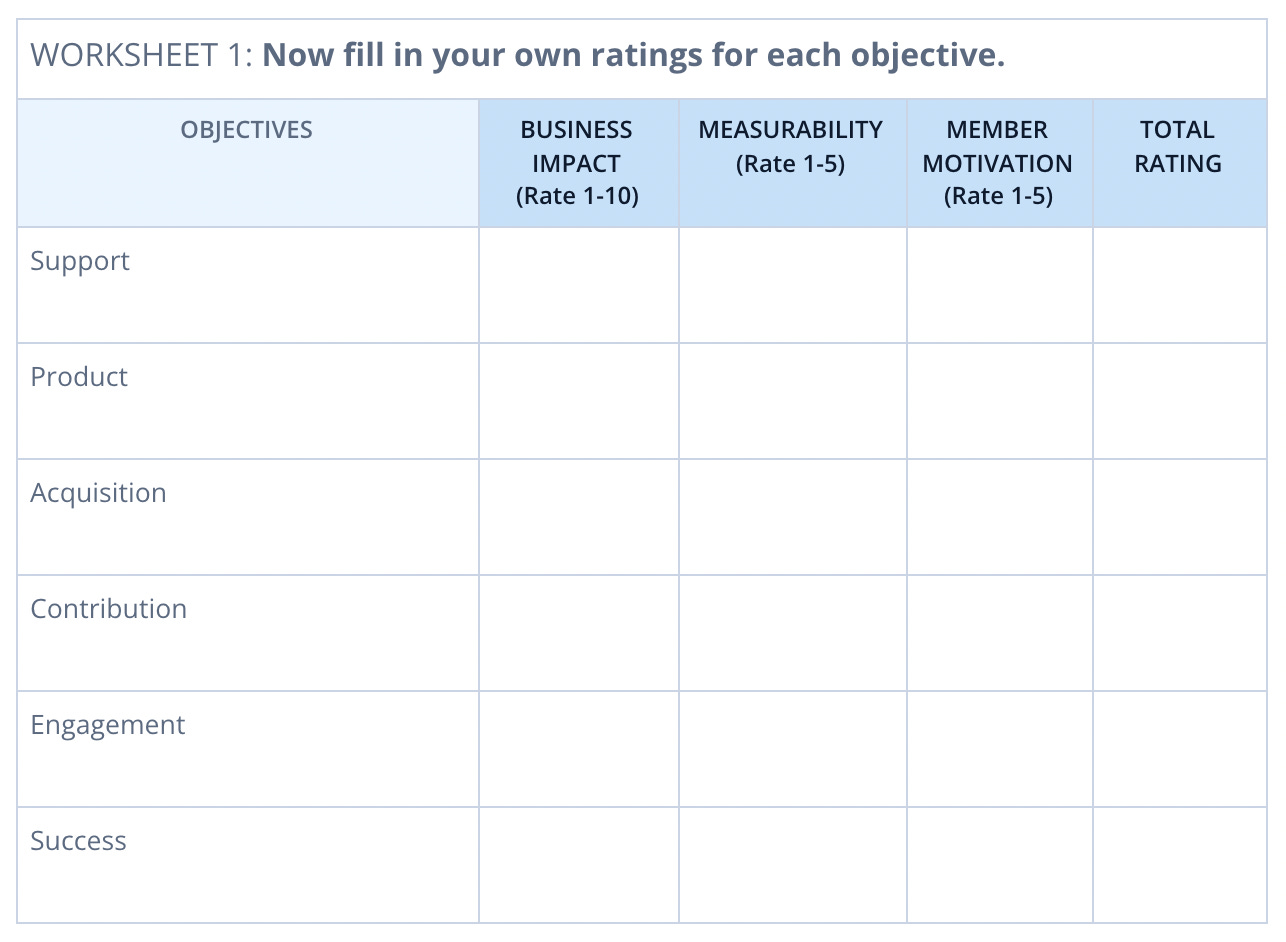Lenny's Newsletter - A founder’s guide to community
A founder’s guide to communityWhen to invest in community, how to get started, setting goals, crafting a strategy, hiring, scaling, and much more—guest post by David Spinks👋 Hey, Lenny here! Welcome to a ✨ free monthly edition ✨ of my weekly newsletter. Each week I tackle reader questions about product, growth, working with humans, and anything else that’s stressing you out about work. Subscribe to get this newsletter weekly.
Community—so hot right now. Ask any founder if they’ve thought about building a community and 9 out of 10 times you’ll get an immediate yes. And for good reason. Companies like Atlassian, Glossier, Datadog, Twitch, dbt, Salesforce, Peloton, and many others have succeeded in large part due to the passionate community they built around their early products. A thriving community creates a sticky and evangelical user base, becomes a great source of ideas, and can even become a clever way to scale customer support (e.g. Airbnb): To guide you on your community-building journey (and even make sure it’s worth doing), I’ve invited David Spinks (co-founder of CMX—a community of 30K+ community managers; host of the Masters of Community podcast; author of The Business of Belonging; and VP of Community at Bevy—a conference and community events platform) to share his hard-fought wisdom with us. When I saw the first draft of this post, this was my response: Below, you’ll find a plug-and-play comprehensive guide to building your product community. Here’s what David has in store for you: 1. Should you even be investing in community?
2. What does a community strategy look like?
3. How do you build a meaningful community?
Enjoy! Community! It’s the talk of startupland these days. In the 2021 CMX Community Industry Report, 86% of companies said that “community is critical to [their] mission” and 69% of companies said that they “plan to increase their investment in community in the next year.” And according to First Round, even in 2019, 80% of startups were investing in community, and 28% considered it to be “their moat and critical to their success.” Through my work on CMX, Bevy, my podcast, and my book, I’ve had the opportunity to advise and learn from thousands of community teams small and large. This article takes many of the core lessons and frameworks from my work and applies them specifically to the needs of founders and startups who are just getting started with community. I’ll share some of the most common questions companies have about starting communities and give you actionable steps to get started. You’ll also be able to put the frameworks I share here into practice using A Founder’s Guide to Community Worksheet as you work your way through. 1. Should we even be investing in community?Good! You’re starting with the right question. With “community” being so hot these days, companies are quick to launch communities without stopping to ask: Why? Community is a big investment, and it’s a very long-term commitment. It should not be taken lightly. Defining communityCommunity is more than just a feeling of belonging. In the context of business, it’s a structure for creating value. A simple way to understand it is to compare “community” to an “audience.” To build an audience, you help people. To build a community, you help people help each other. It’s a subtle but massive difference in mindset. Traditionally, businesses create all the value for the consumer. Community-driven businesses create spaces for consumers to create value for each other. Take Lenny’s Newsletter, for example. Lenny has built an incredible audience by creating valuable content that helps founders and product leaders. But Lenny saw an opportunity to scale the value he could provide to all of you by offering a community where members could support each other, and invited members of the community like me to contribute content. Now the amount of content and value that’s created isn’t limited by Lenny’s time and resources; it’s limited only by the motivation and ability of the community to contribute. Community unlocks the ability to scale value creation, with a relatively small team. It’s how Duolingo is able to run 2,600 events every month with a community team of three people. It’s how 83% of questions asked by Salesforce customers are answered by other customers. It’s how a subreddit with 155,000 members helps Notion users exchange ideas for how to be more successful with the product. They all empower their community members to contribute. There are lots of ways for members to contribute and take on leadership roles, including:
Building community starts with creating a sense of belonging. That’s the baseline. But exponential growth happens when members start taking an active role. Aligning community to business objectivesThe next question is: Why should we build community? As with any investment, it’s important to understand the business goals before you start investing your time and resources. There are six objectives that a community can drive. To help businesses wrap their heads around the options, use the SPACES model:
Each objective comes with a different set of metrics that you’ll likely want to use to measure the business impact of the community: In my experience, the objective that startups focus on depends on their current stage. Pre-product-market-fit stage At this stage, your goal is likely going to be around Product—collecting feedback and insights that will help you solve a clear problem for your customers. The added value of having a community is being able to share updates and collect feedback quickly from a group of your beta users in a shared space instead of asking them individually. They can respond to each other’s ideas and feedback. They can ask questions of you and of each other in a shared space, which can be easier than emailing you directly. And you can observe the organic conversations they’re having, which can bring up unique insights they wouldn’t have shared with you directly. Growth stage Your product is working, and your goal is to start growing your customer base. At this stage, companies’ community objective is usually Acquisition and Engagement. Your community can be a lead-gen source, bringing new prospects into your funnel. You may also start to identify early ambassadors who want to advocate for your product and refer new customers. Hosting events will reach new people on a local level, and empowering your members to self-organize events will reach regions you don’t have access to. Events and online communities will also deepen your customers’ connection to your product and brand, increasing retention and customer lifetime value. Maturity stage You’ve already grown your customer base to the point where there’s an ongoing need to support them and help them better use your product. At this point, companies usually focus on Support and Success. Your community will allow your customers to answer questions and solve problems for each other, rather than your team needing to support all the customers yourself. You can also build educational communities where your customers can teach each other how to better use your product and help each other grow in their careers. Note: If your product is a platform like a marketplace, an open-source or crypto project, collaborative consumption, wikis, social networks, or anything else where the product itself is built or populated by users, then you’ll likely focus on Contribution from day one. Your product only works if you’re contributing, and building a community to engage and activate your most loyal contributors will be really important. Of course, with any community program, you get the added benefit of making customers feel a sense of belonging and connection, which should lead to increased loyalty and an all-around more meaningful experience with your brand. But that’s the icing on the cake. Focus on the tangible ROI that community will drive for your business when making the decision to invest. You’ll want to be able to say with confidence, and data, that community had a measurable impact on your business. Aligning community to your members’ goalsIt’s great that you have business goals, but if your members aren’t motivated to contribute to those objectives, your community program will fail. For example, if you want product feedback but people aren’t motivated to try your product and share their feedback with you, your community will be silent. Or if you want members to start organizing events but your members don’t have that motivation, there’s a misalignment that will result in failure. You have to talk to your potential members and identify their needs and motivations. It’s the simplest thing you can do to start building community today, yet it’s something that companies constantly skip over. Why? Because talking to people takes time and effort. It requires patience and a lot of listening. It can be emotionally taxing to get direct feedback. And it’s just more fun to brainstorm ideas and build things quickly. But make no mistake, the number one thing you can start doing today is talking to your members. It has the dual impact of building deeper relationships with members and giving you insights into how you can improve your product and community experiences. Email is OK, but it’s much better to talk live on the phone or in person. “Get out of the building,” as they say. Your customers are going to join your community because of benefits, not belonging. Belonging comes after someone has been a part of a community and formed relationships. What’s going to get them in the door in the first place is a clear understanding of how the community will help them solve a problem or achieve a goal. Those are the questions you should aim to answer in your member research. How to conduct user research about a potential community:
The key questions to answer in your interviews (part 1 of the worksheet): Once you’ve done your research on what your business goals are and what your members’ needs are, you can rank each of the objectives and narrow it down to the one to three objectives you’ll focus on (I wouldn’t recommend going bigger than that). I also recommend accounting for how measurable each objective is for you right now, because if you can’t measure it, you’ll have no way of knowing if your community program is successful. Here’s an exercise you can do to help identify the business objectives for your community (part 2 of the worksheet): Rate each of the SPACES objectives by the following criteria:
Then add the numbers up and put in your total rating in the last column to see which objectives are rated highest and, therefore, may be the most important ones for you to focus on. Who should own community?For startups, it’s really common for one of the founders to own community at the start. It makes sense—the founder wants to be as hands-on as possible to stay close to customers. And you may not have the funds to hire a full-time community lead. You’re a free subscriber to Lenny's Newsletter. For the full experience, become a paid subscriber. |
Older messages
Lenny’s holiday gift guide
Thursday, November 25, 2021
50+ gift ideas for your friends, family, and coworkers
What is product management
Tuesday, November 16, 2021
My take on the PM role
Six rules of hiring for growth
Tuesday, November 9, 2021
How to hire and build your growth team—guest post by Elena Verna
🚨 Applications now open for my live course—Product Management Fundamentals
Friday, November 5, 2021
A three-week part-time live course with in-depth lectures, real-world assignments, special guests, and much more
Picking a wedge
Tuesday, October 26, 2021
When, why, and how to pick a wedge for your product
You Might Also Like
🚀 Ready to scale? Apply now for the TinySeed SaaS Accelerator
Friday, February 14, 2025
What could $120K+ in funding do for your business?
📂 How to find a technical cofounder
Friday, February 14, 2025
If you're a marketer looking to become a founder, this newsletter is for you. Starting a startup alone is hard. Very hard. Even as someone who learned to code, I still believe that the
AI Impact Curves
Friday, February 14, 2025
Tomasz Tunguz Venture Capitalist If you were forwarded this newsletter, and you'd like to receive it in the future, subscribe here. AI Impact Curves What is the impact of AI across different
15 Silicon Valley Startups Raised $302 Million - Week of February 10, 2025
Friday, February 14, 2025
💕 AI's Power Couple 💰 How Stablecoins Could Drive the Dollar 🚚 USPS Halts China Inbound Packages for 12 Hours 💲 No One Knows How to Price AI Tools 💰 Blackrock & G42 on Financing AI
The Rewrite and Hybrid Favoritism 🤫
Friday, February 14, 2025
Dogs, Yay. Humans, Nay͏ ͏ ͏ ͏ ͏ ͏ ͏ ͏ ͏ ͏ ͏ ͏ ͏ ͏ ͏ ͏ ͏ ͏ ͏ ͏ ͏ ͏ ͏ ͏ ͏ ͏ ͏ ͏ ͏ ͏ ͏ ͏ ͏ ͏ ͏ ͏ ͏ ͏ ͏ ͏ ͏ ͏ ͏ ͏ ͏ ͏ ͏ ͏ ͏ ͏ ͏ ͏ ͏ ͏ ͏ ͏ ͏ ͏ ͏ ͏
🦄 AI product creation marketplace
Friday, February 14, 2025
Arcade is an AI-powered platform and marketplace that lets you design and create custom products, like jewelry.
Crazy week
Friday, February 14, 2025
Crazy week. ͏ ͏ ͏ ͏ ͏ ͏ ͏ ͏ ͏ ͏ ͏ ͏ ͏ ͏ ͏ ͏ ͏ ͏ ͏ ͏ ͏ ͏ ͏ ͏ ͏ ͏ ͏ ͏ ͏ ͏ ͏ ͏ ͏ ͏ ͏ ͏ ͏ ͏ ͏ ͏ ͏ ͏ ͏ ͏ ͏ ͏ ͏ ͏ ͏ ͏ ͏ ͏ ͏ ͏ ͏ ͏ ͏ ͏ ͏ ͏ ͏ ͏ ͏ ͏ ͏ ͏ ͏ ͏ ͏ ͏ ͏ ͏ ͏ ͏ ͏ ͏ ͏ ͏ ͏ ͏ ͏ ͏ ͏ ͏ ͏ ͏ ͏ ͏ ͏ ͏ ͏ ͏ ͏ ͏ ͏
join me: 6 trends shaping the AI landscape in 2025
Friday, February 14, 2025
this is tomorrow Hi there, Isabelle here, Senior Editor & Analyst at CB Insights. Tomorrow, I'll be breaking down the biggest shifts in AI – from the M&A surge to the deals fueling the
Six Startups to Watch
Friday, February 14, 2025
AI wrappers, DNA sequencing, fintech super-apps, and more. ͏ ͏ ͏ ͏ ͏ ͏ ͏ ͏ ͏ ͏ ͏ ͏ ͏ ͏ ͏ ͏ ͏ ͏ ͏ ͏ ͏ ͏ ͏ ͏ ͏ ͏ ͏ ͏ ͏ ͏ ͏ ͏ ͏ ͏ ͏ ͏ ͏ ͏ ͏ ͏ ͏ ͏ ͏ ͏ ͏ ͏ ͏ ͏ ͏ ͏ ͏ ͏ ͏ ͏ ͏ ͏ ͏ ͏ ͏ ͏ ͏ ͏ ͏ ͏ ͏ ͏ ͏ ͏ ͏ ͏ ͏
How Will AI-Native Games Work? Well, Now We Know.
Friday, February 14, 2025
A Deep Dive Into Simcluster ͏ ͏ ͏ ͏ ͏ ͏ ͏ ͏ ͏ ͏ ͏ ͏ ͏ ͏ ͏ ͏ ͏ ͏ ͏ ͏ ͏ ͏ ͏ ͏ ͏ ͏ ͏ ͏ ͏ ͏ ͏ ͏ ͏ ͏ ͏ ͏ ͏ ͏ ͏ ͏ ͏ ͏ ͏ ͏ ͏ ͏ ͏ ͏ ͏ ͏ ͏ ͏ ͏ ͏ ͏ ͏ ͏ ͏ ͏ ͏ ͏ ͏ ͏ ͏ ͏ ͏ ͏ ͏ ͏ ͏ ͏ ͏ ͏ ͏ ͏ ͏ ͏ ͏ ͏ ͏ ͏ ͏ ͏ ͏ ͏ ͏ ͏

